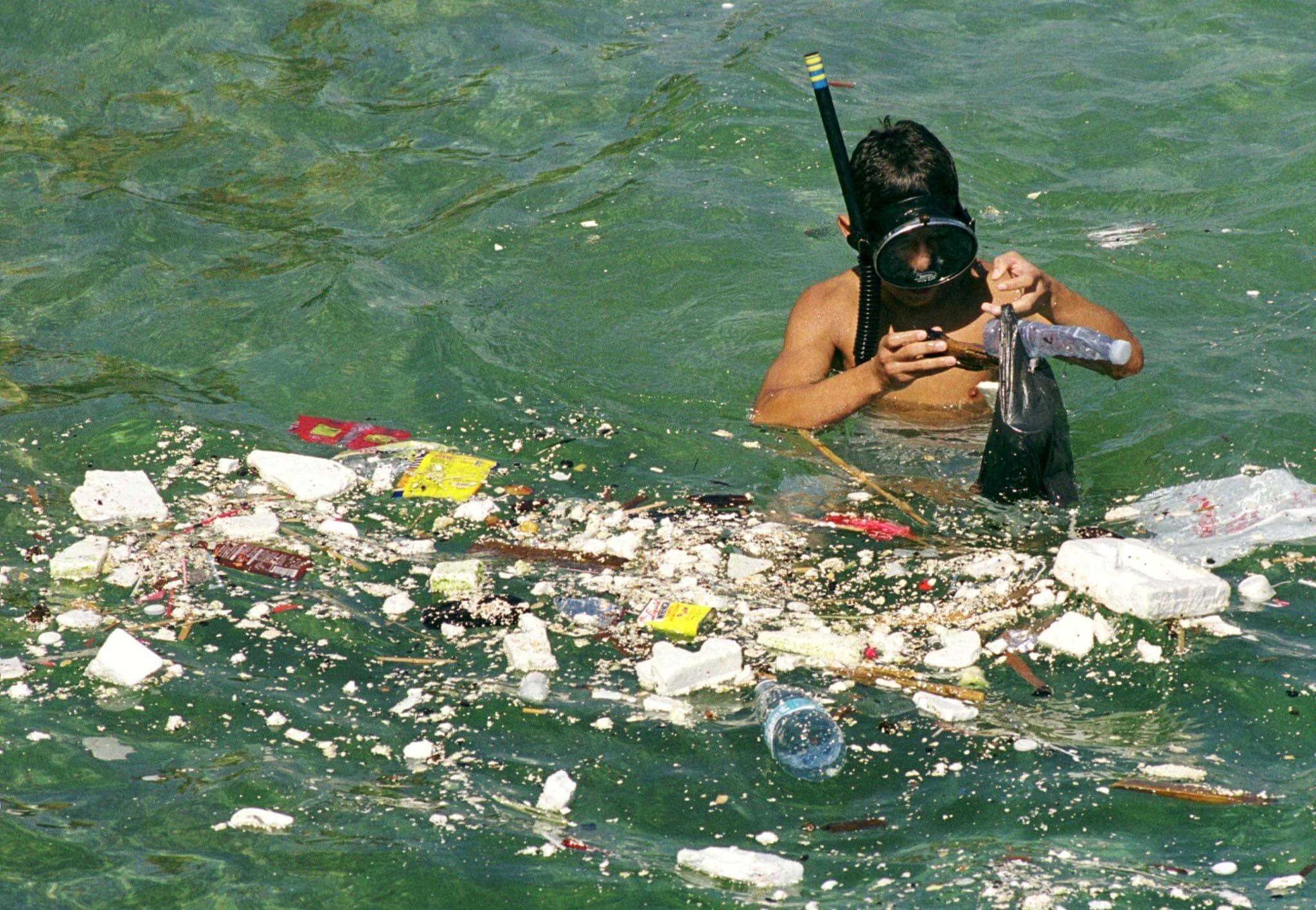Is the world prepared for the next epidemic?

Ziba Kashef
Senior Writer, Editor and Communications Consultant, Yale University Office of Public Affairs and CommunicationsStay up to date:
Future of Global Health and Healthcare
This article is published in collaboration with YaleNews.
Is the public health community ready for the next epidemic? The answer to that question — posed at a 2015 AYA Assembly session featuring top experts in infectious disease — is yes, and no, they said.
Ted Cohen, associate professor of epidemiology at Yale School of Public Health (YSPH), kicked off the informal discussion about epidemics by asking his fellow panelists to talk about key emerging threats. Seated next to him at the “fireside chat” in the Max Taffel Room at Yale-New Haven Hospital were two leading experts in the field: Jamie Childs, senior research scientist in epidemiology at YSPH and Marc Lipsitch ’91, professor of epidemiology at the Harvard T.H. Chan School of Public Health.
Common threats
To respond to the opening question, Childs shared his experience studying what’s called zoonotic diseases — or diseases caused by agents that initially infect animal hosts before being transmitted to humans. “Most of the recent epidemics are zoonotic,” he said, naming SARS, Ebola, MERS, and influenza as examples.
See more stories from AYA Assembly LXXV
Lipsitch explained that zoonotic infectious diseases occur when humans disturb or destroy animal habitats, putting them in close contact with species — bats, pigs, birds — that carry disease. He noted, however, that despite the emergence of newer infectious diseases such as SARS in recent years, the occurrence of flu pandemics have actually slowed over time.
Disturbing developments
When asked by an audience member whether there is any DNA or RNA left in animals infected with SARS, for example, Childs explained that even if DNA is detectable, disease only develops when whole virus is present. He also described cases in which a latent virus surfaced even after a patient recovered from Ebola, causing infections or transmission via sexual contact.
“There is a global dimension. We are vulnerable to things that happen far away. The weakest link in global health affects everyone.”
— Marc Lipsitch ’91
Lipstich noted, too, that even when outbreaks of zoonotic infectious diseases are under control, the animal hosts are still at risk. There have been 25 recorded outbreaks of Ebola, including the most recent one in 2014. “We stamped it out in humans,” said Lipstich. “That is a victory but doesn’t mean the threat of Ebola is gone.”
Epidemics in the news
The hysteria and fear surrounding the most recent Ebola outbreak was not based entirely on the reality of the threat, the experts agreed. Since patients are not infectious until they show signs of illness, Ebola is not likely to become a serious problem in developed countries where it can be quickly identified, tracked, and treated, said Childs. He’s more concerned about pathogens or agents that are transmitted by air or sexual behavior, he said. Measles, for example, is transmittable before symptoms are apparent. Lipstich agreed: “Anything where the transmission is a function of doing something you can’t avoid — breathing, drinking, having sex. Those are activities that are most difficult to control and most at risk of getting out of control.”
Preventing epidemics
To close the discussion, Cohen returned to the topic of potential threats and posed a question about prevention. Lipsitch responded by outlining three key principles. The first is the “weakest link” principle. “It isn’t a coincidence that Ebola got out of control where it did,” he said. “There is a global dimension. We are vulnerable to things that happen far away. The weakest link in global health affects everyone.”
The other two principles are: basic science research, which is essential to understanding potential threats, said Lipsitch; and upgrading response systems. While experts can try to predict likely threats, they will often be wrong, so focusing on those public health principles is a more effective approach, he noted.
Childs responded by raising the issue of poverty. “If you look at risk maps of where new infectious agents are being born, it looks like a map of poverty,” he said, noting that parts of Central Africa and Asia lack the surveillance systems, laboratory capacity, and medical facilities that health leaders would need to prevent or contain an outbreak.
“How we initiate changes in countries that don’t have money or infrastructure to actually implement rapid response is an extremely difficult proposition,” he said.
Despite that solemn truth, the panelists agreed, humans are much better at dealing with epidemics than in centuries past. Simple advances such as nutrition and clean water have reduced mortality from infectious diseases significantly — even before the advent of vaccines and antibiotics. “Everything is much better and will remain better for the developed world, and increasingly for the developing world, if we maintain basic standard of living factors,” said Lipsitch.
Publication does not imply endorsement of views by the World Economic Forum.
To keep up with the Agenda subscribe to our weekly newsletter.
Author: Ziba Kashef is a Senior Writer, Editor and Communications Consultant helping businesses and organisations reach strategic goals.
Image: Health workers put on protective gear before entering a quarantine zone at a Red Cross facility in the town of Koidu, Kono district in Eastern Sierra Leone. REUTERS/Baz Ratner.
Don't miss any update on this topic
Create a free account and access your personalized content collection with our latest publications and analyses.
License and Republishing
World Economic Forum articles may be republished in accordance with the Creative Commons Attribution-NonCommercial-NoDerivatives 4.0 International Public License, and in accordance with our Terms of Use.
The views expressed in this article are those of the author alone and not the World Economic Forum.
Related topics:
Forum Stories newsletter
Bringing you weekly curated insights and analysis on the global issues that matter.
More on Global CooperationSee all
Michael Spence
August 22, 2025
Nii Simmonds and David Timis
August 18, 2025
Natalie Pierce
August 12, 2025
JJ Enoch
August 6, 2025
Eric Holst
August 4, 2025
Catherine Chevauché
August 4, 2025






